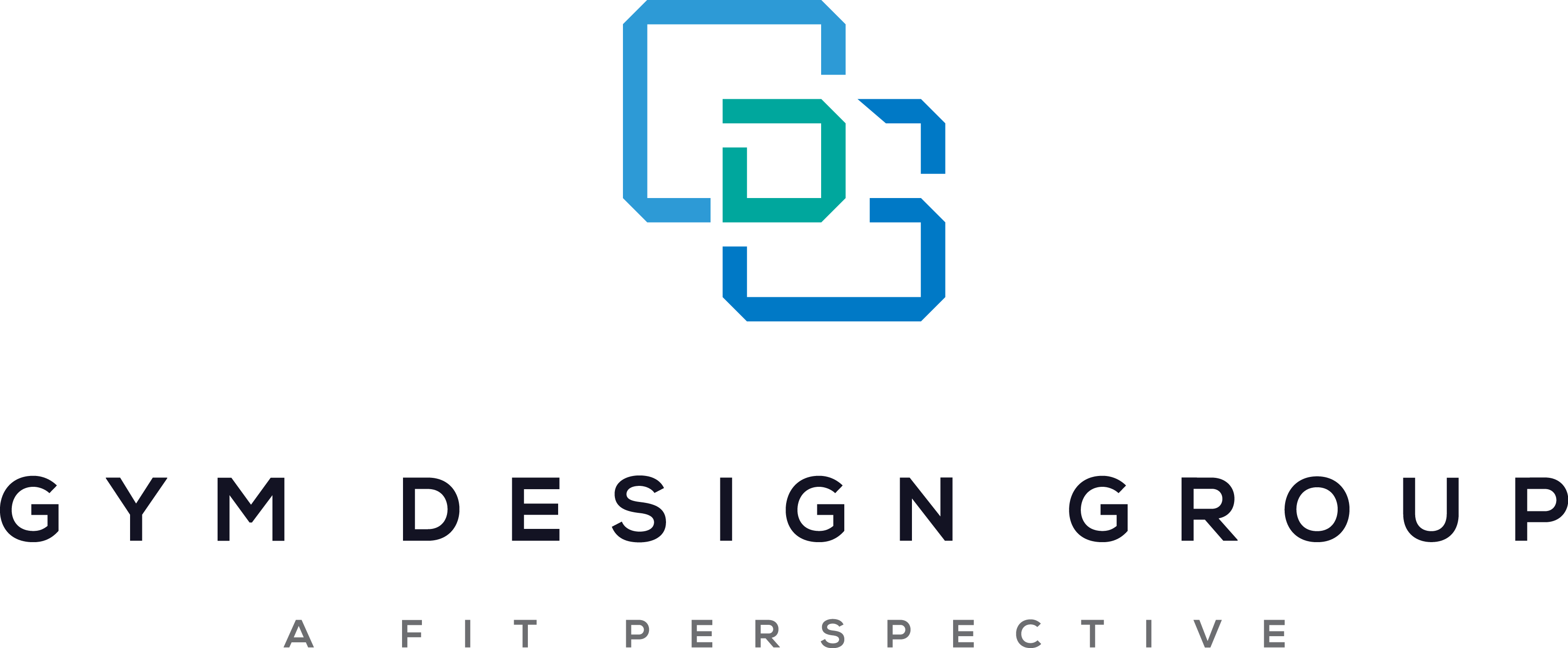Gym Design: Making Fitness The Ultimate Retention Tool
Health and wellness are becoming more personalized, and decision-makers in office and multifamily buildings alike are discovering that fitness initiatives can be a powerful tool for retention.

As boutique studios, functional fitness and high-intensity interval training — known as HIIT — grow in popularity, group classes with a tailored approach are becoming the new normal.
In response to these new trends, some building owners have been bringing fitness online, providing tenants with internet-connected machines where single users can stream videos and feel like a part of a large fitness class. But others are finding more success with a simpler solution: offering their own fitness classes.
Creating a fitness community
A custom-designed group fitness area can bring tenants and residents together, and having a fitness program that prizes culture, wellness and community can translate into higher tenant satisfaction and retention.
“Everyone thrives on feeling a sense of belonging,” Gym Design Group Creative Director Stephan Hermann said. "If you can create that through fitness on a tenant’s doorstep, you provide an incentive to work out that’s stronger than any gym membership deal.”
Owners also have a monetary incentive to offer a custom fitness studio. The average American adult now spends $155 per month on fitness and wellness, with many spending much more. Having access to an in-building workout center can be a major financial perk for residents, not to mention the added convenience of having classes right where they live or work.
Exploring gym design
These new fitness centers need to be more than just four walls and an instructor. Combined indoor-outdoor spaces give users an opportunity to enjoy the sunshine and also let them transition seamlessly from activities like indoor cycling to space-intensive routines like a HIIT workout to functional fitness, which emphasizes movements used in everyday life, like pulling and lifting.
“This is not just a warehouse with some barbells and free weights in it,” Hermann said. “To get users to come back time and time again, studios need to feel comfortable, aesthetically pleasing and luxe. Working with a fitness design company can make sure these spaces feel one of a kind.”

When the classes are at their homes and offices, tenants can build fitness into their daily routines more easily than if they have to travel to a traditional gym, boutique or studio. Increasingly, Hermann said, office and multifamily buildings alike are trying to sell an entire lifestyle. Having a gym with complimentary classes can attract a younger crowd of health-conscious tenants.
Hermann said the spaces that Gym Design Group has set up so far have seen immense success, with six 30-person classes all filled to capacity. He said that indicates that when it comes to fitness, people prefer a community atmosphere.
Flexible fitness for everyone
“It’s great to offer on-demand fitness machines for someone who wants a very early or late workout, or the feel of being with other people at any time of day,” Hermann said. “But only one person can be using it at a time. So it’s important to give people all the options, and offer them flexibility and a fitness plan that works.”
The main draw of boutique fitness studios are the classes. The curated community atmosphere keeps attendees coming back, and that social gravity is what on-site fitness centers typically lack. It is also what internet-connected machines — like Peloton bikes — are trying to replicate.
“You can’t replace the real thing,” Hermann said. “A real instructor and real sweat. Fitness classes are a great equalizer. People who wouldn’t necessarily greet you in an elevator will say hello after a workout.”

'Every workout should be an experience'
Group fitness’ social atmosphere helps buildings attract and keep tenants. If they share a positive experience and get to know their neighbors, residents are more likely to renew their leases. Building owners know this and often spend a great deal on community events and group spaces to bring tenants together. Investing in a custom-designed group fitness space, tailored equipment and on-site instructors can help them secure their rent rolls.
Owners activate these gyms by employing a separate company to teach classes, which Hermann said are typically an added perk, and can be free for residents, as opposed to a paid service or a gym membership. Hermann said he recommends partnering with a company specializing in customized social and fitness experiences, to bring these fitness centers to life.
“These gyms might host two classes in the mornings, a class at lunchtime and three classes in the evenings,” Hermann said. “The gym would stay open through the rest of the day for residents to use. These group spaces are not necessarily exclusive of a separate, totally indoor fitness center for individual workouts.”
This feature was produced in collaboration between Bisnow Branded Content and Gym Design Group. Bisnow news staff was not involved in the production of this content.

